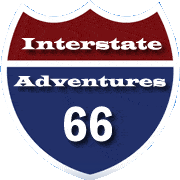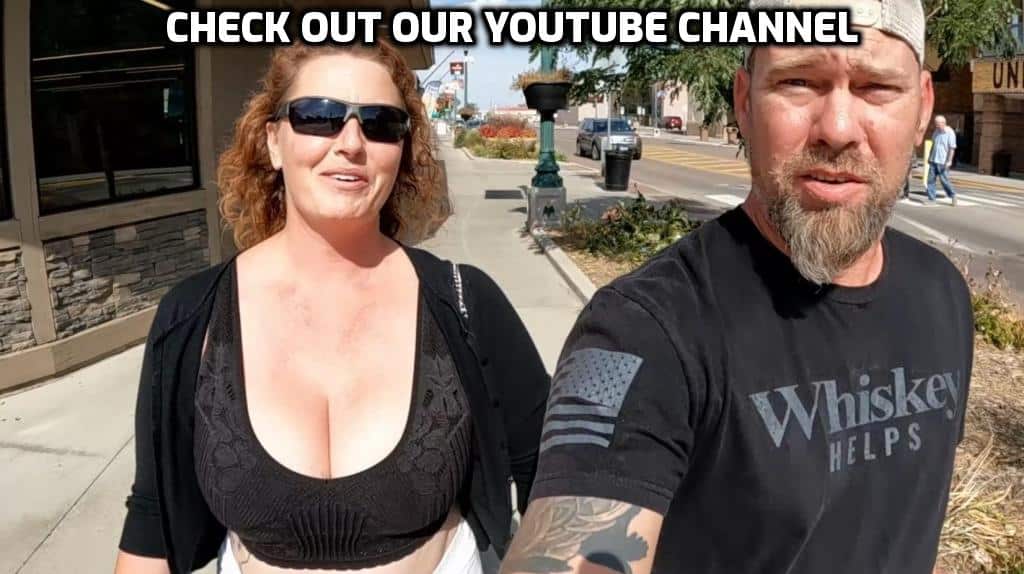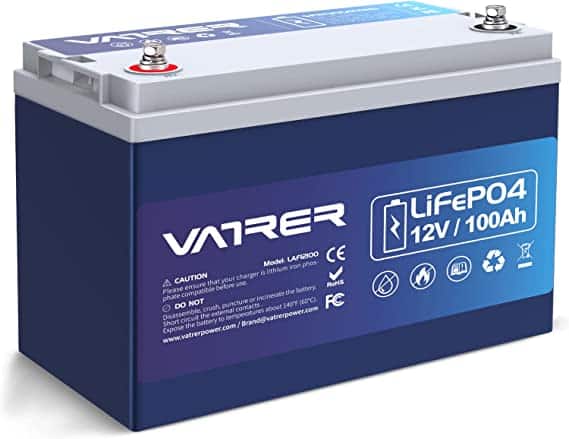What Is Dispersed Camping? Your Need To Know Guide To FREE Camping
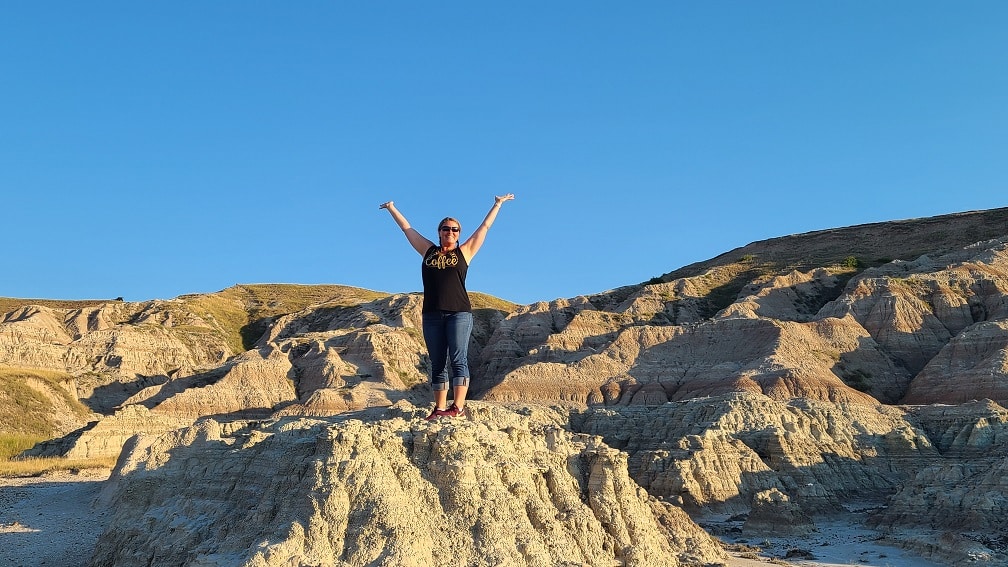
Did you know that you can camp for free around the U.S.A? No, I don’t just mean in a Walmart parking lot.
There are actually places around the country that have been set up specifically for camping – for FREE.
Dispersed camping has a few other names… Boondocking, Dry Camping, Wild Camping… I’m sure there are more, but these are the names I’ve come across when doing my searches so far.
It’s good to have a diverse vocabulary here because if you are only looking under “boondocking” you may never know about the site 1/2 mile down the road.
What is Dispersed Camping?
Dispersed camping is the official term used by the NFS (National Forest Service) and BLM (Bureau of Land Management) to describe free camping. In some cases these locations are outside of a designated campground. In other cases, it is a campground with established sites, sometimes with a picnic table and fire ring.
The difference is, compared to say a KOA campground, there are no hook-ups. This means, there is no dump station, no electricity to hook up to, and likely, no source of fresh water. Some places are designed specifically for backpackers to use with a small tent, and others can accommodate a large RV like we have now.
Boondocking is the same type of camping. No hook up’s. If I had to create my own difference between dispersed camping and boondocking, I would say that it’s WHERE you are doing it. Dispersed camping is public land, boondocking is private property. Sometimes that private property is a Walmart, a Harvest Host, or a Boondocker’s Welcome site, but either way, it’s private property.
How Do We Find Dispersed Camping Locations?
Research and then more research. When you are planning to use dispersed camping as your place to stay, the last thing you want to find out is that you’re in the wrong place. You don’t want to find out you’re on private property, or in an area that you aren’t supposed to be in. So RESEARCH!! There are countless app’s that you can download to your phone or tablet. I can let you know what we tend to utilize, but every article you read will prove that everyone has their favorites.
Personally, I like finding free app’s. I know that more information is unlocked and becomes available with the paid version’s, but I forget what I’ve subscribed to and loose track of what I no longer use. So, free is for me in this case. Also, I would like to point out that I use a Samsung phone. I don’t know if these apps are also available for the iPhone.

The Dyrt
There is a Pro version of this, but we have been able to use the free version just fine.
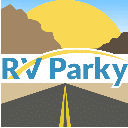
RV Parky
Free app in the Google Play Store.
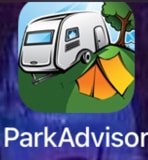
Park Advisor
Free app in the Google Play Store.

FreeRoam
Another FREE app in the Google Play Store.
I’m not going to review how to use each of the apps. They are all self explanatory, or at least point you through usage the first time you create an account. Just make sure that you when you are doing a search for a specific area, that you utilize the same term for each of the apps. I like to have all 4 of these apps open at the same time. I enter my search criteria into each one of them. As you can see below, they all seem to have a different map now with different parks showing.
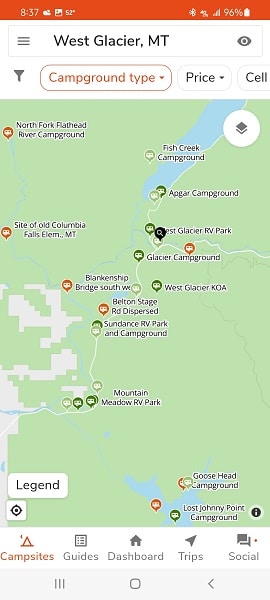
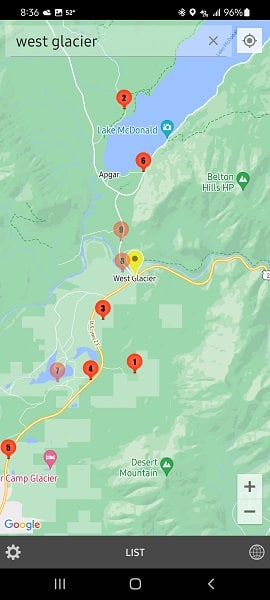
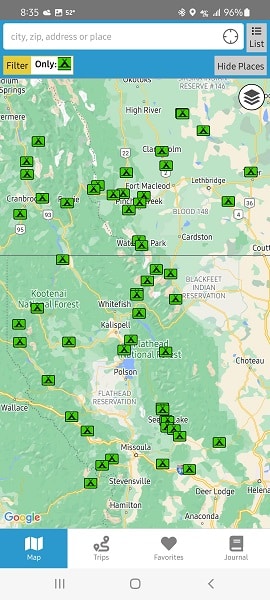
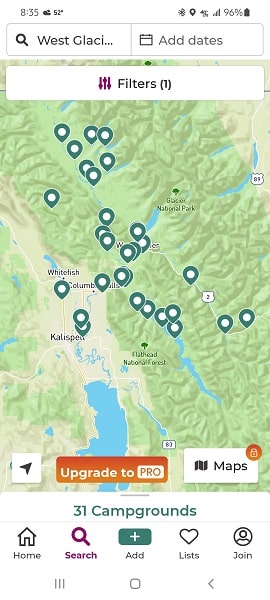
I use all of the apps simultaneously because each search yields different results. Some days, all 4 apps match perfectly and produce the same list of campsites. Other days, 2 out of the 4 match and the other 2 don’t even show the camp sites available. The reason they don’t all provide the same information – they rely on user input. So if none of their users have gone to a campground they won’t know about it.
Although I’m using 4 apps, and I toggle back and forth between all of them honing in on what I hope to be a great location, I also use the internet. After reading through details and then reviews of my chosen site, I then hop online to see if I can get any additional information from a site’s specific web address. All of the apps provide a link to the web address they have on file.
Sometimes that’s Recreation.Gov, sometimes it’s the NPS.gov, other time’s – it isn’t either of them and I have to do a Google search. At this point, I’m looking to confirm what I have read in the apps, or see if there are additional details. In Season 2 Episode 3 of our YouTube Series you can see me doing these searches while Doug is driving. The place we ended up at was absolutely breathtaking. It was free. But it took a little research to find.
What to Expect at Dispersed Camping Sites?
As I said earlier, sites can range in accommodations. Because we are in a 40 foot camper, I include road information in my research. We don’t want to plan on a campsite only to find out that the only way to get there is hiking on foot. But regardless of where your site is, you should expect to be 100% self-sufficient. If you are a tent camper, you will need to be prepared to not have any bathroom facilities or potable water to even brush your teeth in the morning. So you will need to either bring that water with you, or be prepared to filter water if there is a waterway near by. You will also need to have a Potty Kit for well – going Potty…
If you are in an RV like we are, you will need to make sure that you have filled your fresh water prior to arriving. You will need to have a plan in place for your electric usage. Your 12-volt DC electrical system is taking it’s power from your batteries, and you are going to need to have a way to keep them charged. We don’t have to worry about pulling out the Potty Trowel, but we do need to worry about solar panels and/or a generator.
When we dispersed camped at the Buffalo Gap National Grasslands Pinnacles site or “the Wall,” we had nothing. There were designated areas appropriate and approved to camp on, but there weren’t any specific sites. There was no bathroom, no water nearby, no fire rings, picnic table, or any of the other conveniences we like to see when we go camping. But the location was incredible.
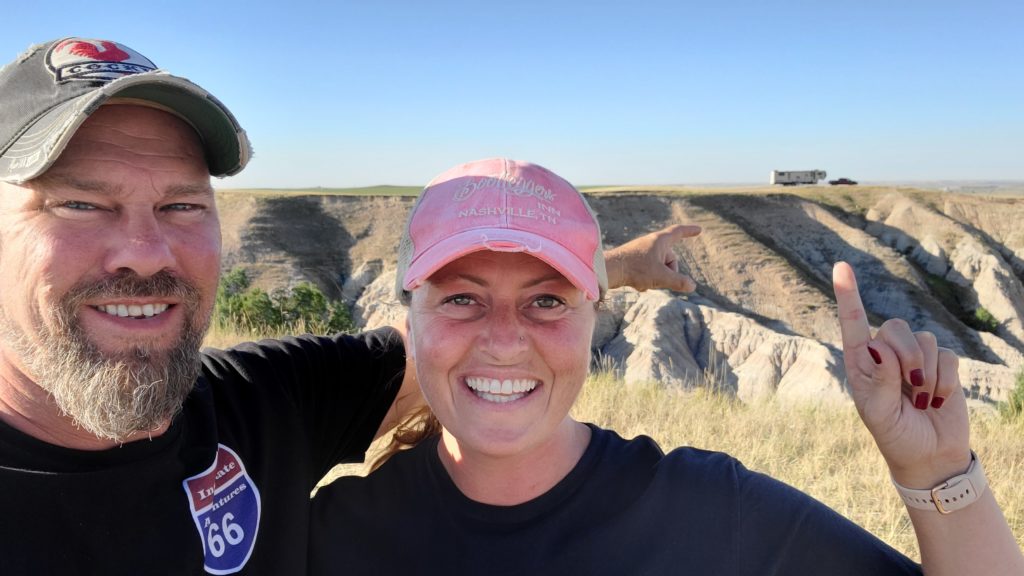
On the contrary, when we dispersed camped at the Beaverhead and Horse Prairie Campgrounds at the Clark Canyon Reservoir, we had potable water… But no way of getting it into the camper. But we also had designated sites, fire rings, picnic table, AND pit toilets. These too were beautiful campsites right along the reservoir, but they had many more creature comforts that the NPS site in the Grasslands. I’m not saying one is better than the other, just that they are all different – so once again, do your research.

Rules for Dispersed Camping
You will find all of the rules for each site as you are doing your research, but they all have some pretty standard ones that you should follow. Generally, we have seen that you are allowed to stay up to 14 nights within a 30 day period. There are some variations, but so far, this looks like the standard.
Use your camping etiquette. Even if there aren’t any quiet hours posted, if every other campsite is quiet, that means you should be too. 11pm is not a great time to fire up the generator so you can microwave popcorn. It also isn’t the time to have a raging bonfire with your buddies while you throw back a few beers. Be considerate of your neighbors.
Leave No Trace. Honestly, I can’t believe this even needs to be posted in any rule book, or that I need to write it here… But unfortunately, people can be disgusting. This is a pretty straight forward rule… If you brought it in with you, make sure you bring it out with you. Picking up after yourself should be second nature. No one should have to tell you to pick up your garbage. Most of these sites are not regularly managed or maintained by anyone other than YOU. First, leaving garbage poses dangers with wildlife. Second, it creates an environment that others will not care to continue to use. Third, continued abuse by the few causes punishment for the many… These sites will be closed off for public use if we don’t take care of them properly. We enjoy going to these amazing places because in so many ways, they seem untouched by human hands… Let’s all try to keep it that way so others can continue to experience it the same way for generations to come.
Please drop us a line in our socials and let us know where you have found to disperse camp. Maybe what app you are using. Or even if you have learned something different than what I put here. As I said at the beginning, we are new to this too and are eager to learn more resources that we can scour to find other outrageous places to go camping for FREE!!
